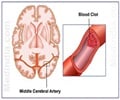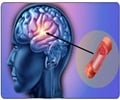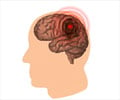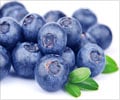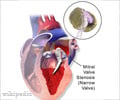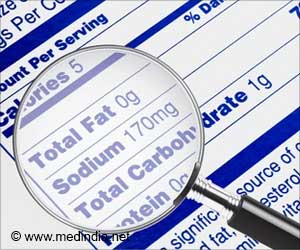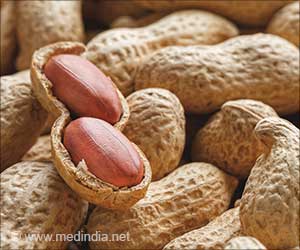Women who consume a diet rich in antioxidantsare at reduced risk of suffering from stroke, regardless of their previous history of cardiovascular disease.

Oxidative stress is an imbalance between the production of cell-damaging free radicals and the body's ability to neutralize them. It leads to inflammation, blood vessel damage and stiffening.
Antioxidants such as vitamins C and E, carotenoids and flavonoids can inhibit oxidative stress and inflammation by scavenging the free radicals. Antioxidants, especially flavonoids, may also help improve endothelial function and reduce blood clotting, blood pressure and inflammation.
"In this study, we took into account all the antioxidants present in the diet, including thousands of compounds, in doses obtained from a usual diet," Rautiainen said.Researchers collected dietary data through a food-frequency questionnaire. They used a standard database to determine participants' total antioxidant capacity (TAC), which measures the free radical reducing capacity of all antioxidants in the diet and considers synergistic effects between substances.
Researchers categorized the women according to their TAC levels — five groups without a history of cardiovascular disease and four with previous cardiovascular disease.For women with no history of cardiovascular disease who had the highest TAC, fruits and vegetables contributed about 50 percent of TAC. Other contributors were whole grains (18 percent), tea (16 percent) and chocolate (5 percent).
The study found:
- Higher TAC was related to lower stroke rates in women without cardiovascular disease.
- Women without cardiovascular disease with the highest levels of dietary TAC had a statistically significant 17 percent lower risk of total stroke compared to those in the lowest quintile.
- Women with history of cardiovascular disease in the highest three quartiles of dietary TAC had a statistically significant 46 percent to 57 percent lower risk of hemorrhagic stroke compared with those in the lowest quartile.
Advertisement
For the study, researchers used the Swedish Mammography Cohort to identify 31,035 heart disease-free women and 5,680 women with a history of heart disease in two counties. The women were 49-83 years old.
Researchers identified 1,322 strokes among cardiovascular disease-free women and 1,007 strokes among women with a history of cardiovascular disease from the Swedish Hospital Discharge Registry.
"To the best of our knowledge, no study has assessed the relation between dietary TAC and stroke risk in participants with a previous history of cardiovascular disease," Rautiainen said. "Further studies are needed to assess the link between dietary TAC and stroke risk in men and in people in other countries, but we think our results are applicable."
Source-Eurekalert

